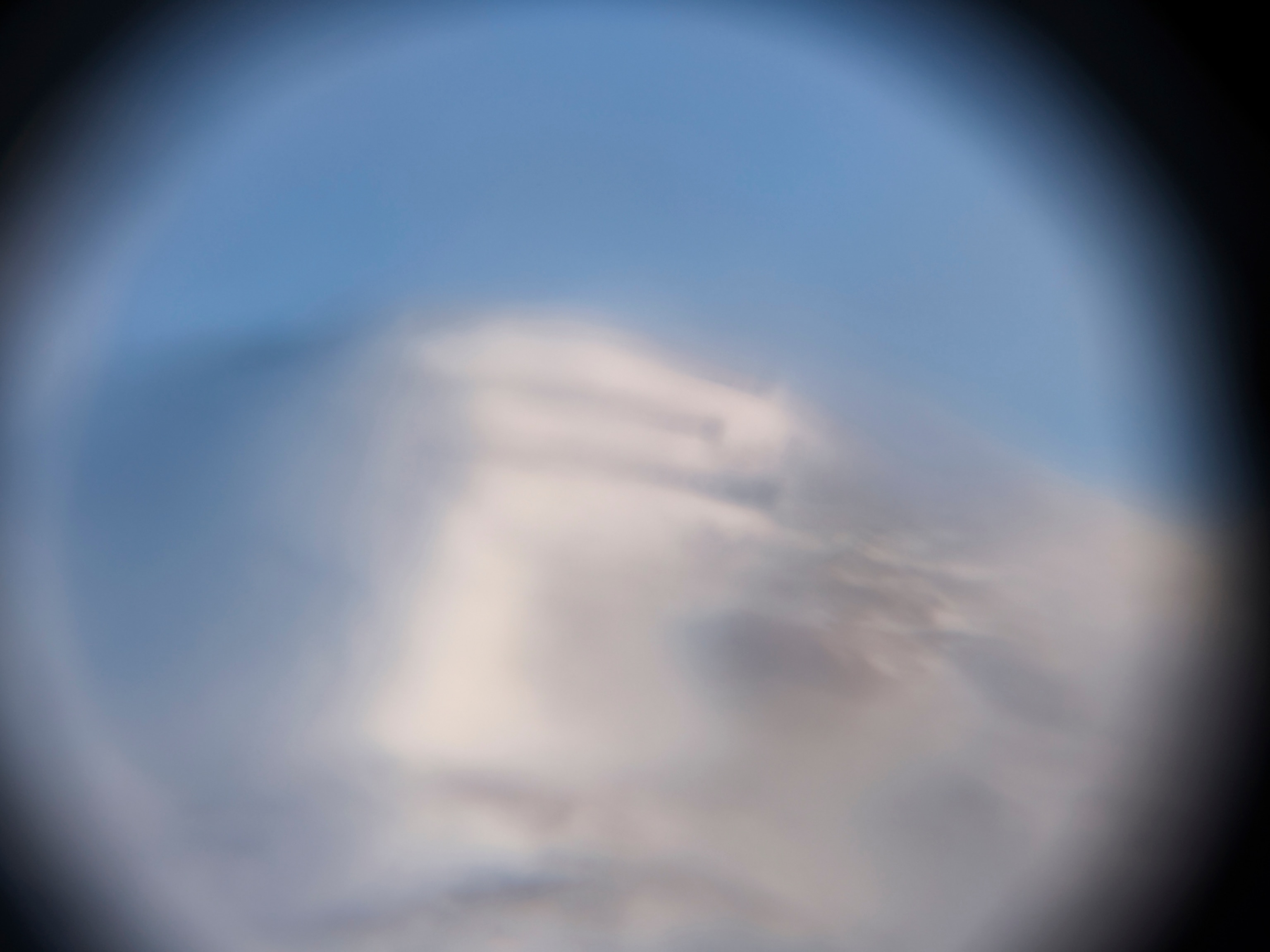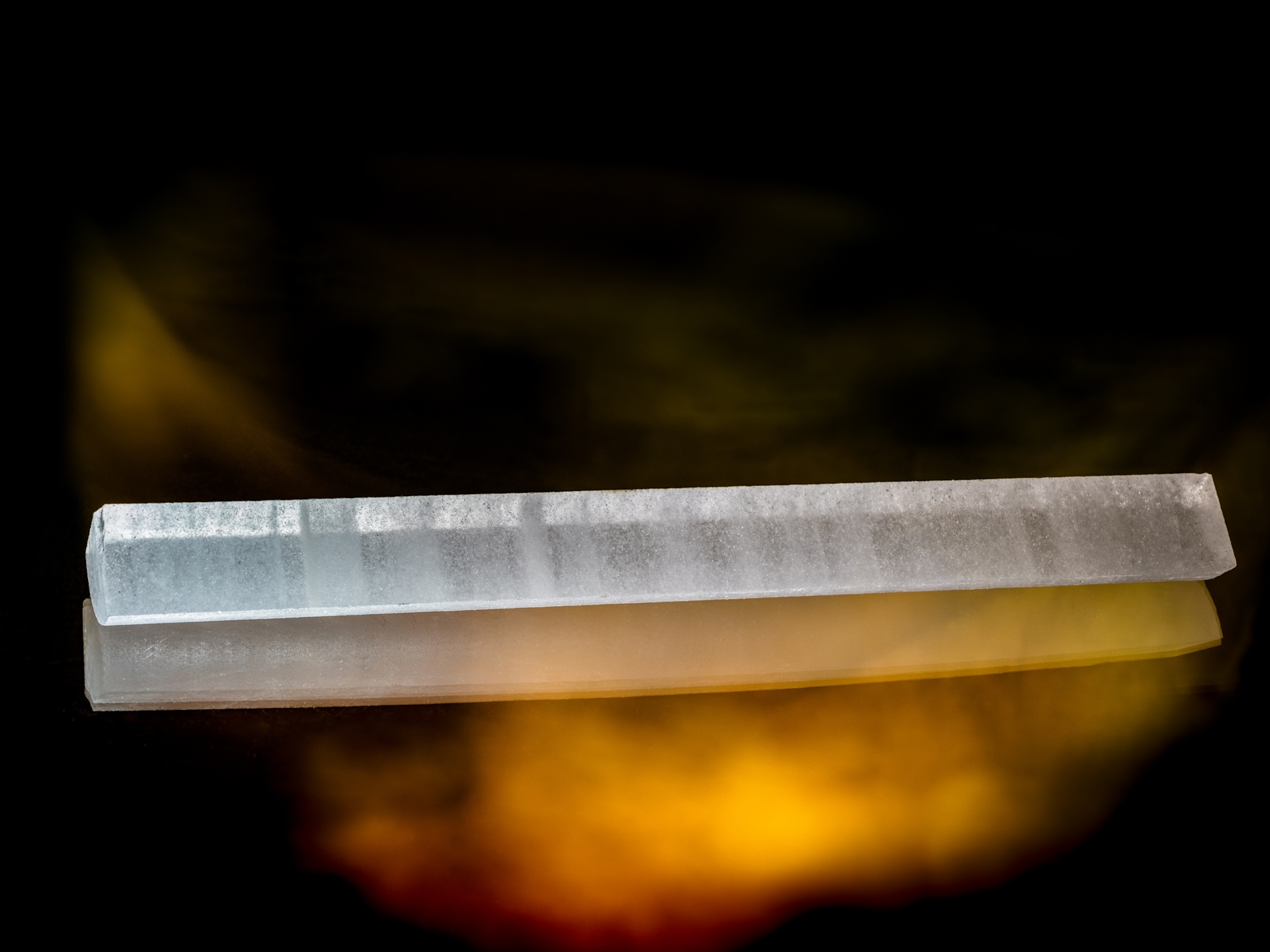
Polar explorer Børge Ousland has been making history in the Arctic for a quarter century. In 1994 and 1996, the Norwegian was the first person to ski alone without resupply to the North Pole and across Antarctica. He and fellow explorer Mike Horn then became the first people to ski unsupported to the North Pole in the unending night of Arctic winter. In 2010, Ousland sailed a 31-foot trimaran through perilous, iceberg-riddled waters to circumnavigate the Arctic Circle—completing in just four months a trip that took six years in the 1900s. His boat was the first non-icebreaking vessel to ever navigate the Northwest Passage.
That trip—possible only because of drastically melted ice—inspired Ousland’s current project: the Ice Legacy Project. With a list of the planet’s 20 largest ice caps, he set out to document the glacial effects of global warming. It’s one thing to hear the numbers, he thought, but it’s another to give people a strong image of the change. With his partner, French adventurer Vincent Colliard, Ousland began an effort to ski unsupported across all 20 of the ice caps, pulling 150 pounds of supplies across the increasingly treacherous landscapes and gathering samples for University of Anchorage scientists. So far, the pair have crossed nine and expect to complete the rest over the next decade.
We spoke to Ousland, 57, about documenting global glacial decline, how he fends off aggressive polar bears, and what he hopes the world will learn from his project.

Why did you start the Ice Legacy Project?
What I've seen especially in the Arctic has really frightened me when it comes to global warming. The ice at the polar ocean is just totally, totally different now than when I started in the early '90s. I've seen it for myself. It’s very hard to find the multi-year ice we were skiing on in 1990, when I did my first trip to the North Pole.
When the ice melts, the sea gets warmer, because the dark water absorbs the energy of the sun instead of the white surface of the ice reflecting it. So the ocean temperature is rising. That melts more ice. That’s one of the big reasons why the temperature in the Arctic is rising twice as fast as the global average. But it’s not just the sea ice that’s melting. The big glaciers are melting now and in the near future, we will see the effect.
If the whole of the Greenland ice cap melts, the sea level will rise between six and seven meters. If the whole of Antarctica melts, the sea will rise 60 meters. So you can imagine what’s going to happen to most of the inhabited places on the world if these glaciers melt.
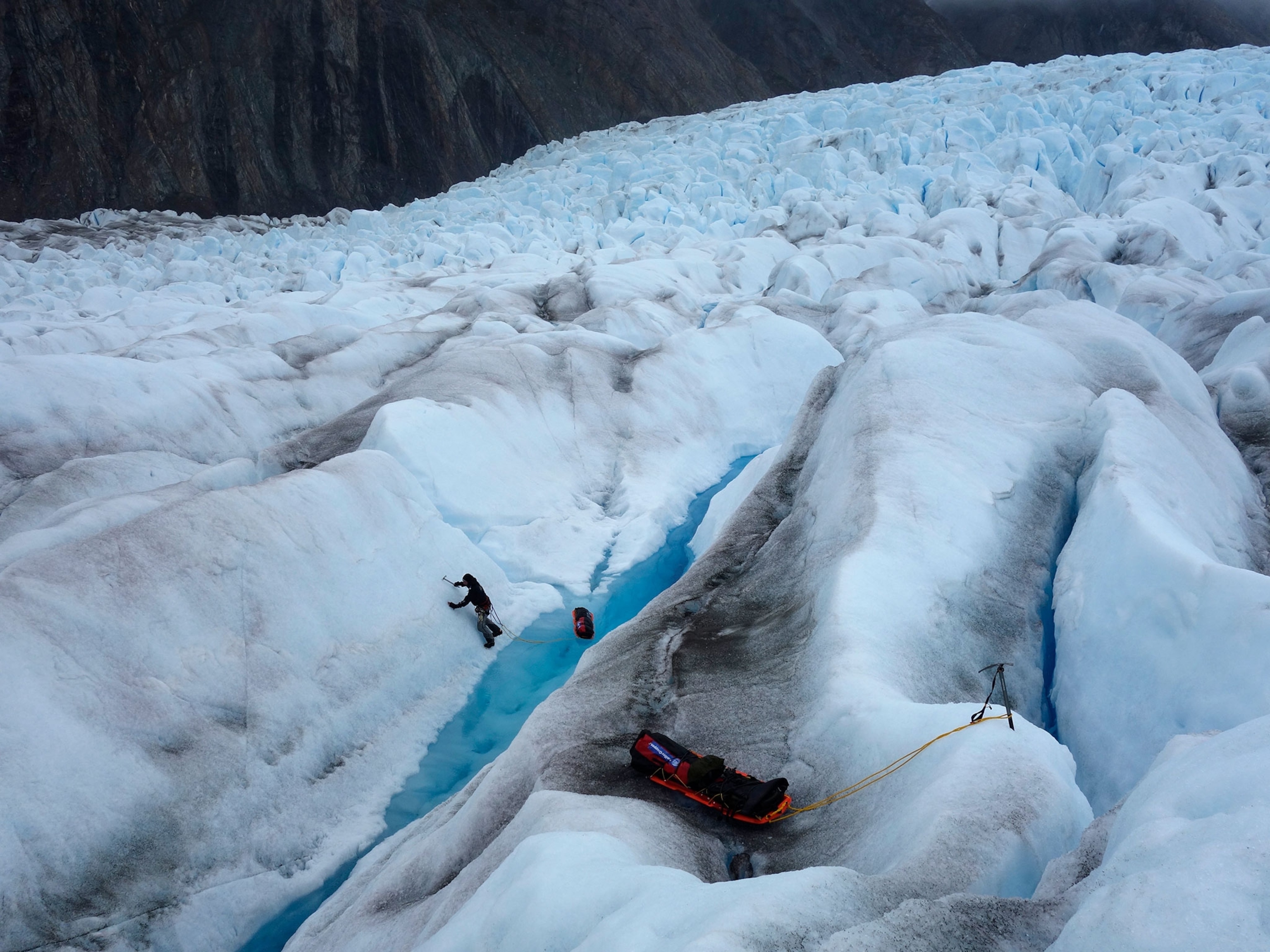
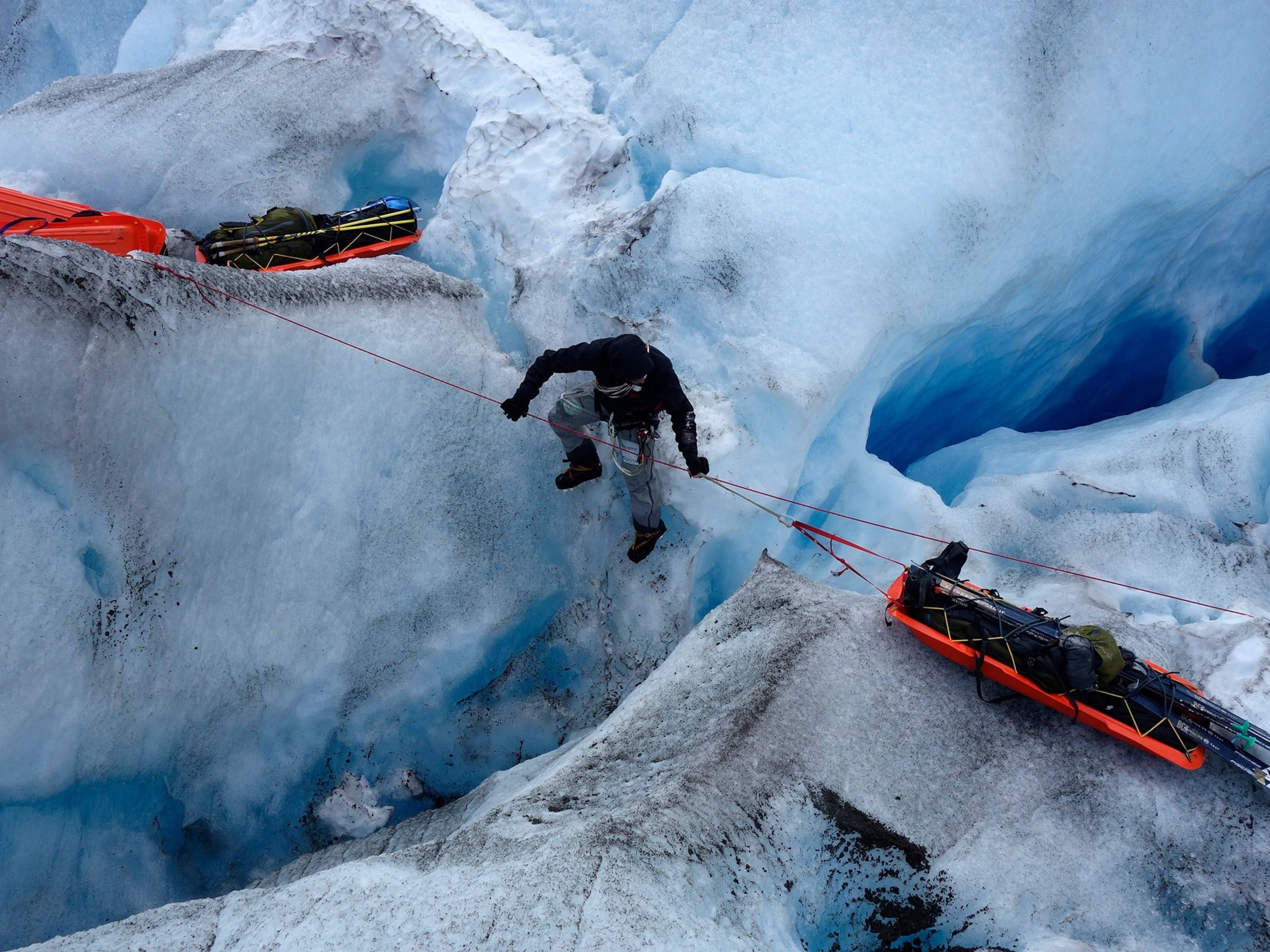
What’s your ultimate goal?
We’re not scientists, so our role here is to eyewitness. We are the eyes on the ground that tell the story. Scientists give the hard numbers and facts, but you also need some pictures in your head to go with those numbers. I think a lot of people do have problems relating to so-and-so-many square kilometers, but if we can sail around the Arctic in four months instead of six years, that’s a very visual example. We want to show what is happening with the big glaciers in the world so people can understandand and hopefully act.
Tell us about your most recent Ice Legacy adventure.
This spring we skied across Barnes and Penney ice caps on Baffin Island. There was very, very little snow between the ice caps, and our sleds really got hammered on the rock. That’s something that has happened the past few years. Baffin Island has less and less snow.
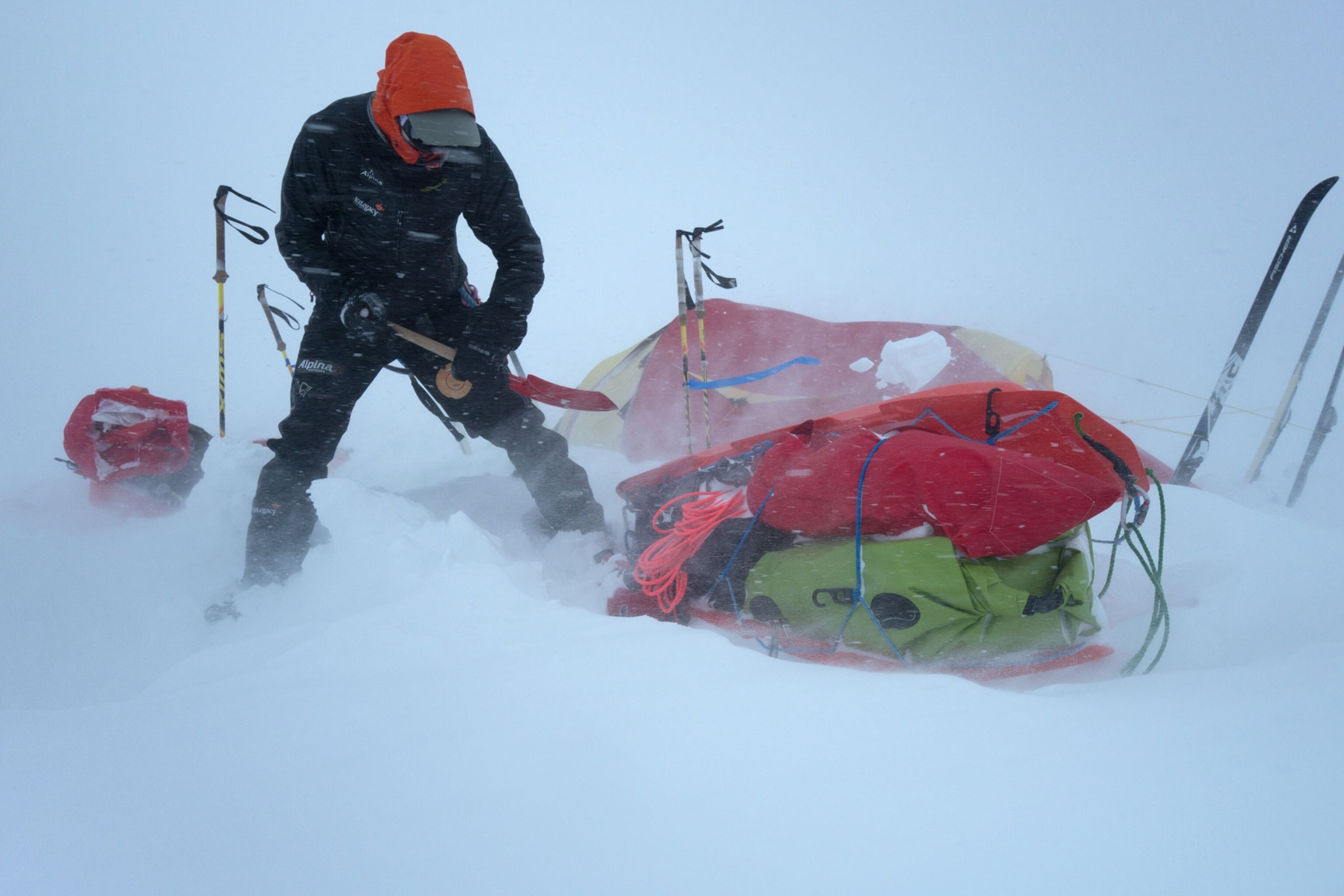
In the past, would you have been able to ski between the islands?
Yeah, for sure. Spring comes one month earlier now than just a few decades ago. Even the high-Arctic glaciers are melting. People are doing research on those glaciers and finding plants and remains of animals that haven’t seen daylight for 20,000 years because it’s all been covered with ice. If you go along the ice edge in late summer when the melt is maximized, you find stuff that is frozen in time. That's some of the oldest ice in Canada.
We speak to the Inuits up there and they say the small ice caps down where they live are just gone. In 2013, we crossed the Southern Patagonian Ice Cap, on the same route I did in 2003, and it was a totally, totally different landscape. We couldn’t recognize the route now.
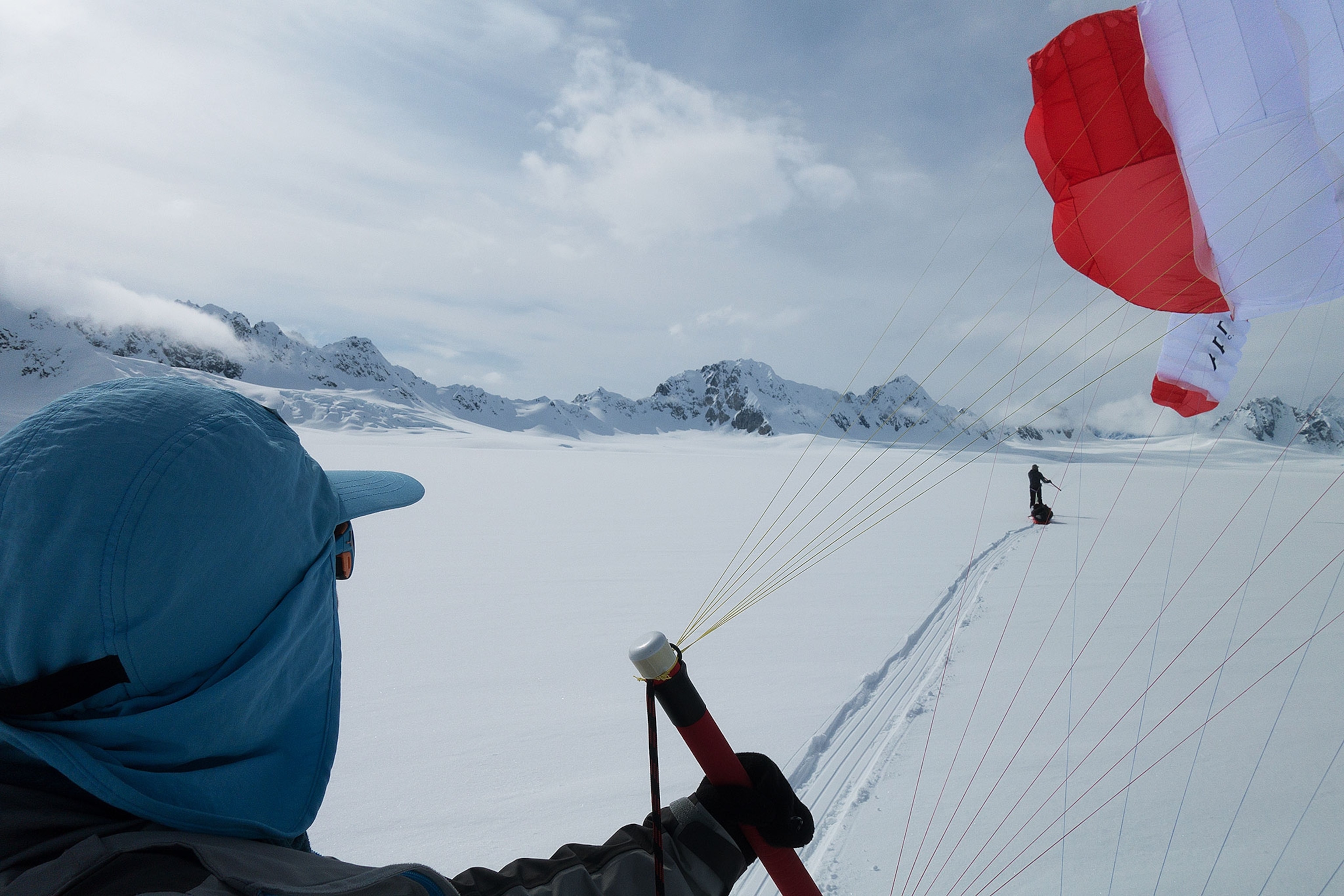
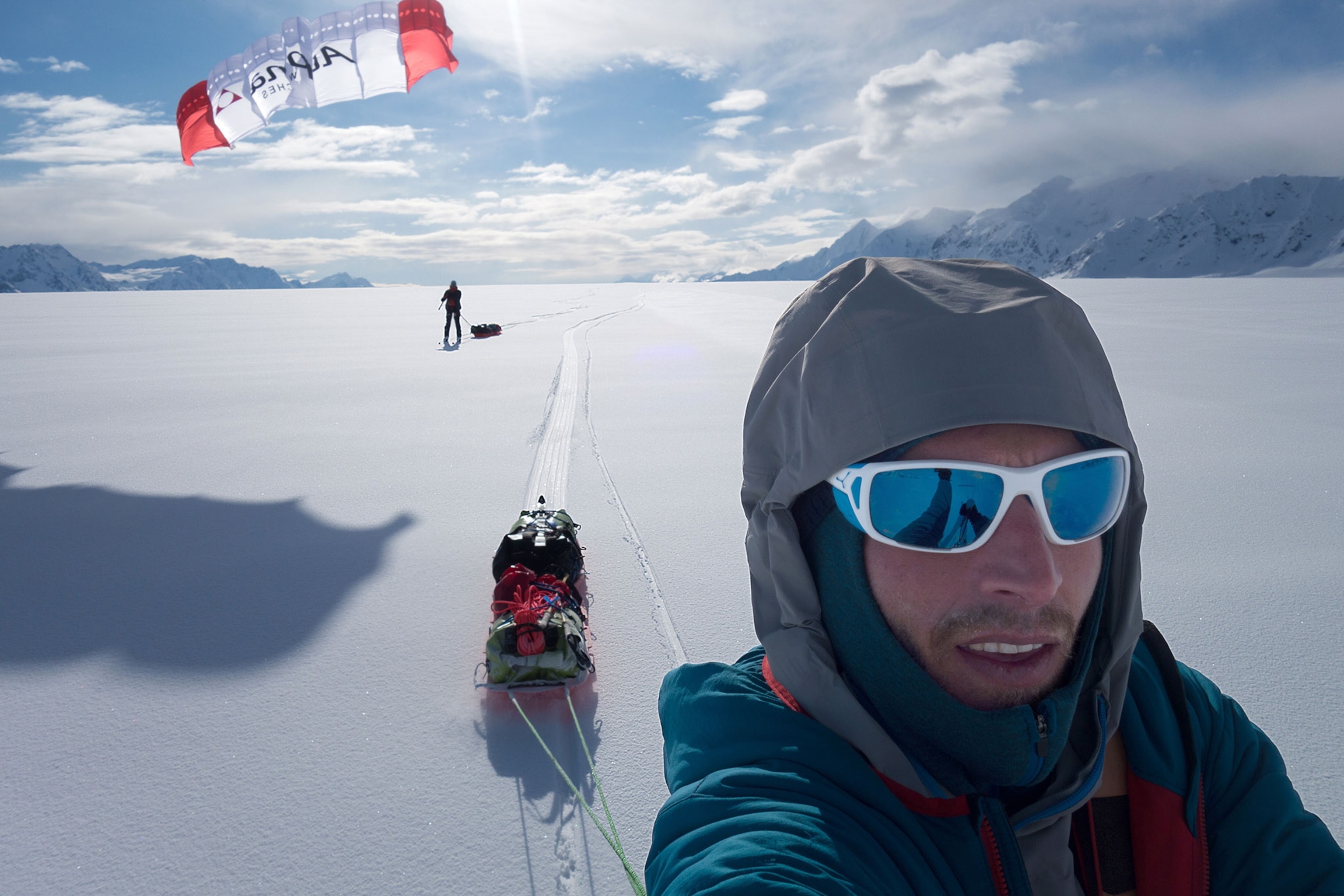
How is climate change affecting the way you complete a trip?
The risk is higher because things are not stable. You can have lots of rocks, especially in Patagonia, where the change is happening so fast, you have lots of loose stuff up high. There are more crevasses; the ice is moving. The snow bridges are weaker. You have to take more time.
What’s been the most difficult glacier to cross so far?
Stikine, the first glacier we crossed in Alaska. It was amazingly difficult. It's a small glacier, and we thought this was going to be straightforward, but there were avalanches pouring down from the mountainsides, lots and lots of crevasses. We had food for 17 days and when we finished the trip we ate the last lunch. We were really, really stretching it.
How have your Arctic trips changed in 25 years?
Instead of using sleds [for hauling camp gear, food, etc.], we use kayaks now or some kind of floating device to paddle across these stretches of open water because there is so much more water now.
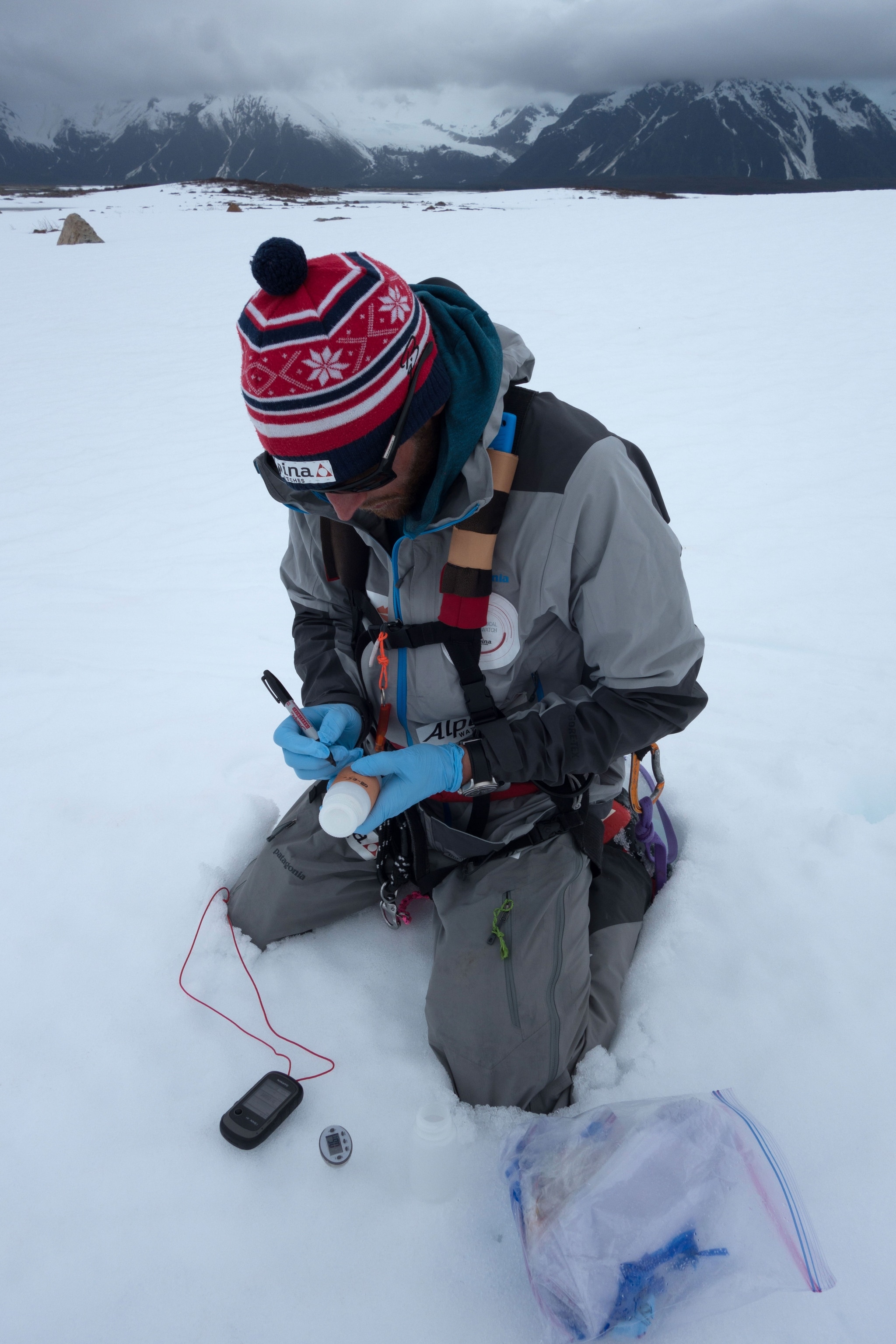
How do you manage the threat of polar bears on your trips?
We scare them away. On my first trip to the North Pole, I had a .44 magnum revolver in a shoulder holster inside my anorak to keep it warm. Now we use pepper spray. We carry a rifle, so we have that option; the noise is normally enough to scare them away. Another thing that is very efficient is a flare gun. We make a pyrotechnic trip wire around camp that triggers a small explosive so we can sleep. Polar bears will eat you if you let them. If you just sit there, they will come and they will eat you, which is an honest thing. They are hungry.
Have you seen changes in polar bear behavior?
Franz Joseph Land wasn’t discovered until 1872 or 73 because there was so much ice it was not possible to go there. But when we we reached the southern parts of the archipelago in 2007, there was no ice at all. Polar bears need ice to hunt seals. They were stranded on land with nothing but birds and eggs to eat. They were so much more aggressive than other polar bears. We met maybe 40 on that trip, and some of them were really dangerous.

What do you hope the world will take away from this project?
It’s one small drop of many that will open eyes and show the world what is happening with the world’s glaciers. Maybe one billion people live downstream from the Himalaya, along big rivers in India and Nepal and Bangladesh. When moisture comes down and the Himalaya can’t hold it in ice, it will flood. In the drier period, it's going to be so dry that billions of people will be affected. It's going to turn the world upside down. People need to really open their eyes. It's going to be worse than the First and Second World War combined.


